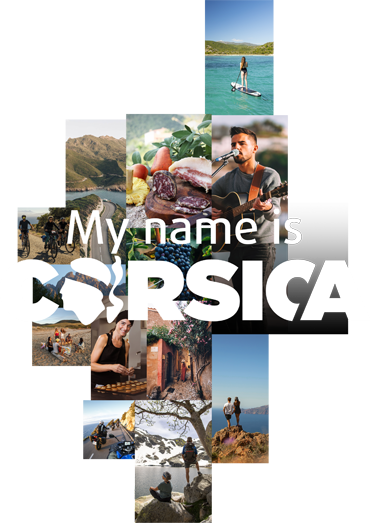Rechercher...
Explore Corsica
The chestnut
The iconic fruit of the island
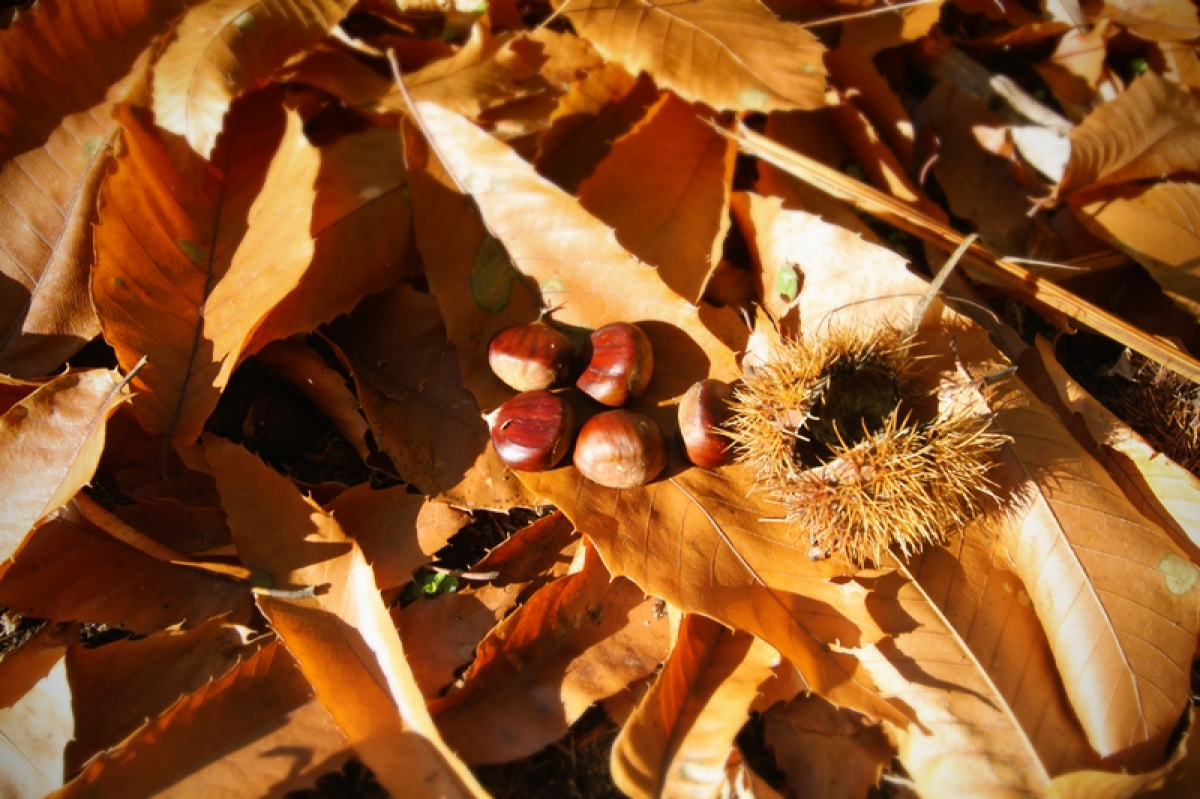
HISTORY
Whether strolling alone or with the family, the forest always has a capacity to astound, inspire and even to amaze. During this season, the first mushrooms of the year are beginning to show, but also, in certain regions, the chestnuts are starting to appear. This is a fruit that the islanders know very well and which has been a basic food source for a long time, especially in times when food was scarce. Ground into flour, chestnuts often served as a substitute for other types of grain allowing the rural people to guarantee a source of nutrition for themselves in lean times.
« While we have chestnuts, we have bread », declared Pascal Paoli in 1758.
Naturally, Corsicans have a very special relationship with this little nut. At the end of the XVIIth century, Castagniccia adopted the name that we know today, proof, if proof were needed, of the importance of this tree and its fruit to the culture of the island.
HERITAGE
This is not just an emblematic product from the island, but rather an important part of our heritage. The annual fair that has been held for 30 years in its honour in Bocognano is evidence of this fact. Visitors flock to this event in order to get their share of the flour. Throughout the winter, it will be used to make the pulenda as well as granaghjoli, flans, cakes, biscuits... Everyone has their favourite producer. They taste, they chat, they give advice, and they swap recipe ideas. Each micro region has their own style, their own way of preparing dishes, their own way of breathing new life into this ancestral product that we all love to rediscover.
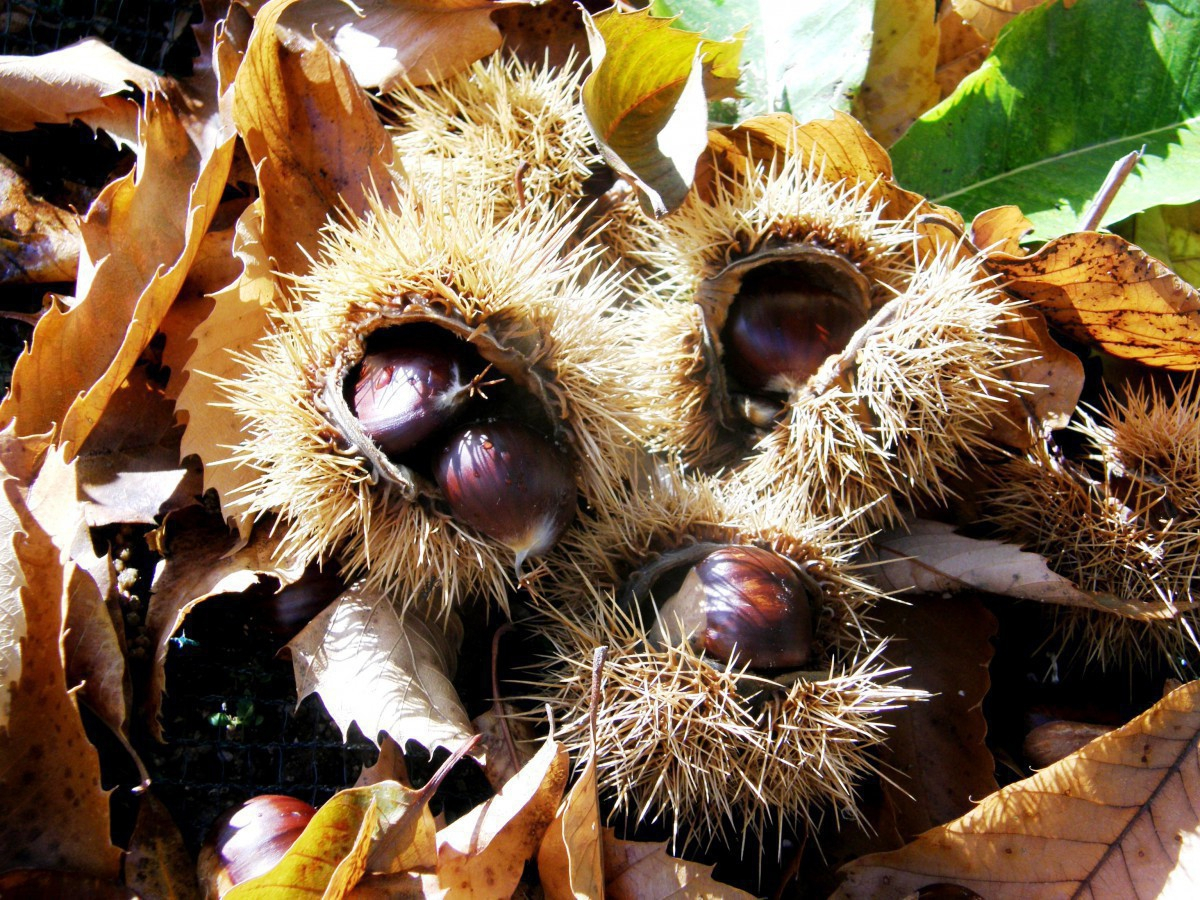
It goes without saying that chestnuts are not produced across the entire island. Certain regions are better suited than others, in particular due to the altitude and the richness of the soil, and these are home to veritable forests of chestnut trees. The Castagniccia, as its name suggests, is one of them. But it is not the only place in Corsica where these beautiful trees thrive. Opposite this micro region in the north of the island you will find the Niolu. Quite barren in places, and often covered in snow, it has areas where the chestnut trees grow nonetheless. Most notably, this is true of the Evisa region and the Aïtone forest among others!
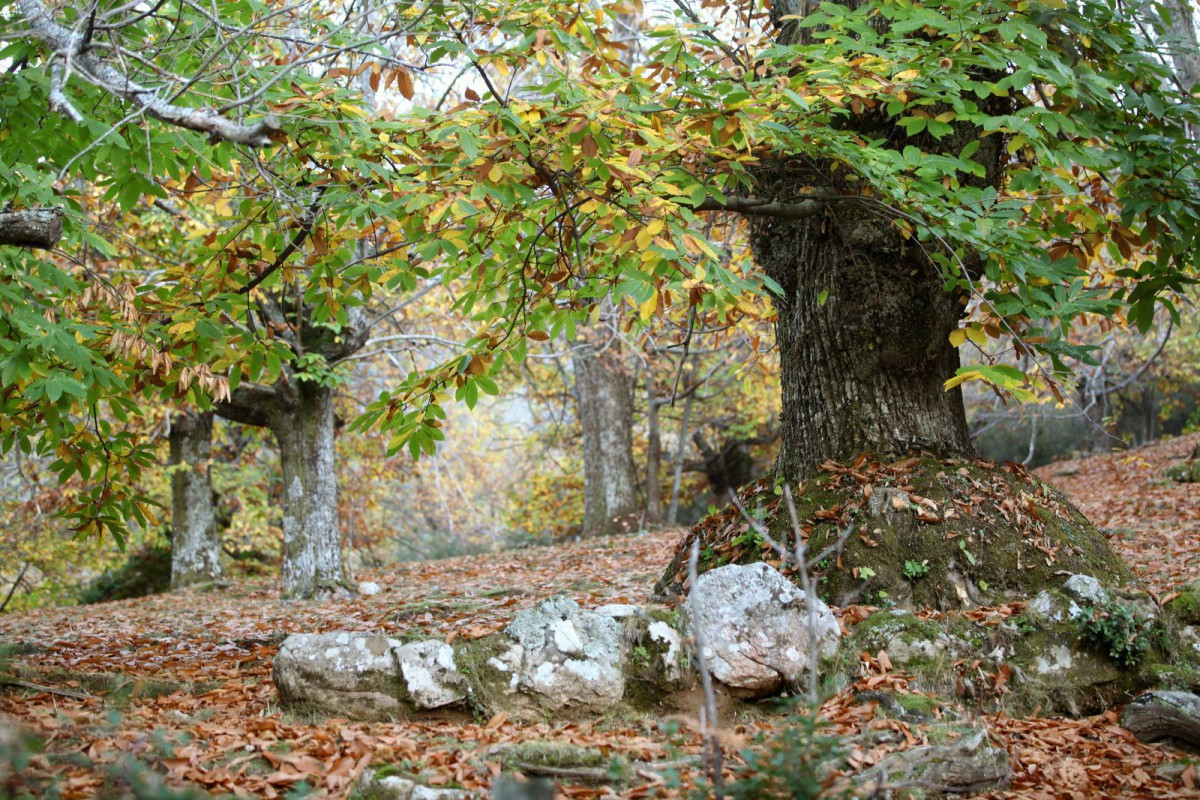
A great many visitors often make a pilgrimage to see these centuries’ old trees, taking pleasure in collecting a few nuts that have fallen here and there. Everyone waits with scarcely disguised impatience for the moment when the fruits are ripe enough to be harvested. This harvest is often accompanied by fireside vigils, where the chestnuts are roasted in iconic pans that are punctured with holes. The site of this pan never fails to delight visitors when they come across one attached to a stove pipe. Of course, this also surprises those who are accustomed to seeing chestnut sellers on the street making their famous cry, « Chestnuts, hot chestnuts », in front of the department stores of the Boulevard Haussmann. For islanders living in big cities, these will never have the same flavour. However, they will wait impatiently for the next opportunity to taste once more their beloved chestnuts, whether grilled, boiled, in a soup or in a pulenda, imparting an aroma that takes them back to their childhood.
Flour that is very sought after.
On the island, chestnuts are cultivated on site by around 200 to 250 growers. Most of them process their chestnuts into flour. It is estimated that 300 tons of flour is produced annually. The chestnuts are dried, shelled and often roasted to enhance their biscuit like flavour. They are then cut up by hand and ground using stones that can only be made of granite in order to guarantee finely ground flour. In November 2006, a legislation governing the rules for making Corsican AOC chestnut flour passed into law, detailing some very precise criteria. An AOC Union was even created.
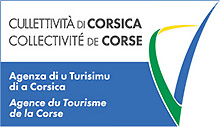

powered by cd-media.fr



